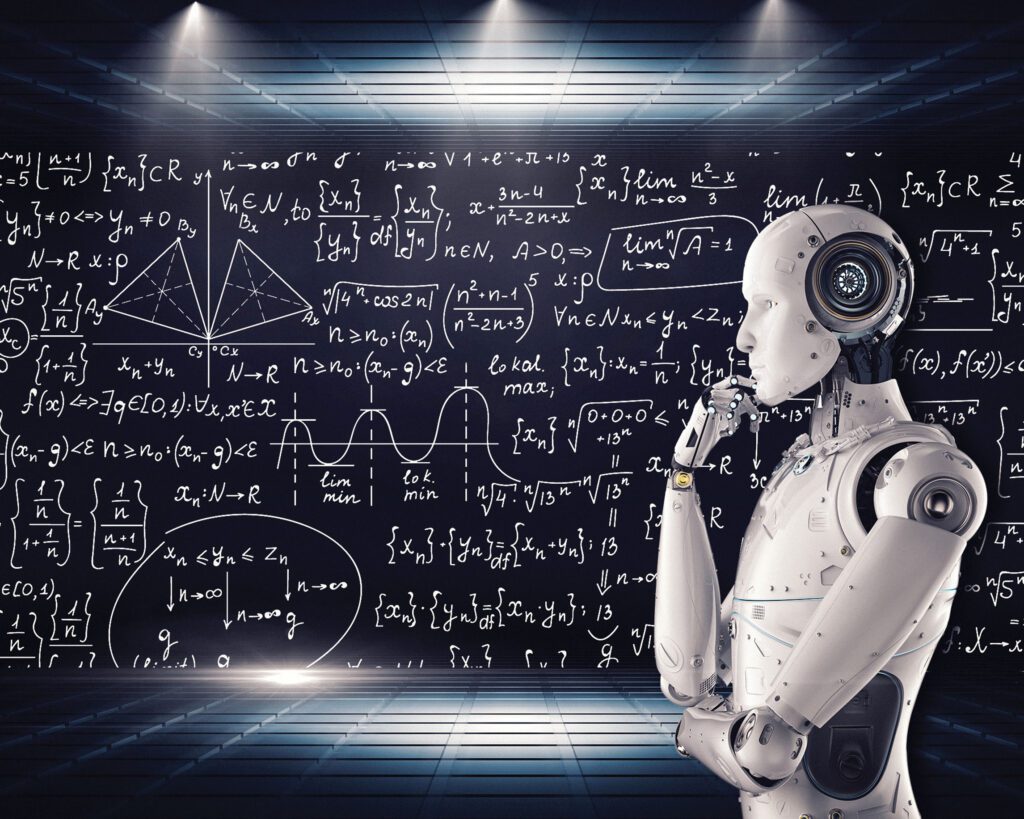Virtual warfare has revolutionized military training through the use of sophisticated simulations and cutting-edge technologies. These simulations not only improve tactical skills but also enhance decision-making abilities, teamwork, and communication among troops. Military simulations have evolved from basic computer programs to highly immersive virtual environments that closely mimic actual combat scenarios. The use of virtual reality technology allows soldiers to engage in simulated battles, conduct mission planning, and practice weapon handling in a realistic setting. The benefits of military simulations include the ability to simulate a wide range of scenarios, improve teamwork and communication, and enhance decision-making skills under pressure. As technology advances, the impact of military simulations on tactical training will continue to grow, ensuring that soldiers are well-prepared for modern warfare.
Unleashing the Power of Virtual Warfare: The Impact of Military Simulations on Tactical Training
Virtual warfare has revolutionized the way military personnel are trained for combat operations. Through the use of sophisticated simulations and cutting-edge technologies, soldiers can train in realistic scenarios that prepare them for the challenges they may face in the field. These simulations not only improve tactical skills, but also assist in enhancing decision-making abilities, teamwork, and communication among troops.
The Evolution of Military Simulations
Military simulations have come a long way since their inception. What started out as basic computer programs have evolved into highly immersive and realistic virtual environments. These simulations create scenarios that closely mimic the chaos and uncertainty of actual combat, giving soldiers a valuable opportunity to practice their skills under pressure.
One of the key advancements in military simulations is the use of virtual reality (VR) technology. VR allows soldiers to experience a fully immersive and interactive training environment, where they can engage in simulated battles, conduct mission planning, and practice weapon handling in a realistic setting. This level of immersion helps to create a sense of urgency and realism that is crucial for effective training.
The Benefits of Military Simulations
There are numerous benefits to using military simulations for tactical training. One of the key advantages is the ability to simulate a wide range of scenarios, from urban warfare to counterinsurgency operations. This allows soldiers to train for a variety of situations that they may encounter in the field, ensuring that they are prepared for anything.
Additionally, military simulations can help to improve teamwork and communication among troops. By working together in virtual environments, soldiers can practice coordinating their movements, sharing information, and responding to changing circumstances in real time. This can help to build trust and cohesion among unit members, leading to more effective and efficient operations on the battlefield.
The Impact on Decision-Making
One of the most valuable aspects of military simulations is their ability to improve decision-making skills. In a virtual environment, soldiers are forced to make split-second choices in high-pressure situations, forcing them to think critically and react quickly. This can help to develop a soldier’s ability to assess risks, evaluate options, and make strategic decisions under stress.
Furthermore, military simulations can help to identify and correct weaknesses in a soldier’s decision-making process. By analyzing the outcomes of different scenarios, soldiers can learn from their mistakes and improve their decision-making skills over time. This iterative process of training and feedback can help to develop more skilled and competent leaders within the military ranks.
Conclusion
Virtual warfare has become an indispensable tool for modern military training. By using sophisticated simulations and cutting-edge technologies, soldiers can train in realistic scenarios that prepare them for the challenges they may face in combat. These simulations not only improve tactical skills, but also help to enhance decision-making abilities, teamwork, and communication among troops. As technology continues to advance, the impact of military simulations on tactical training will only continue to grow, ensuring that our soldiers are prepared to meet the challenges of modern warfare.
